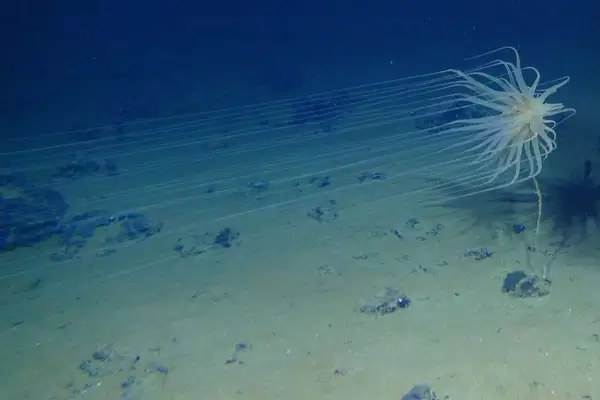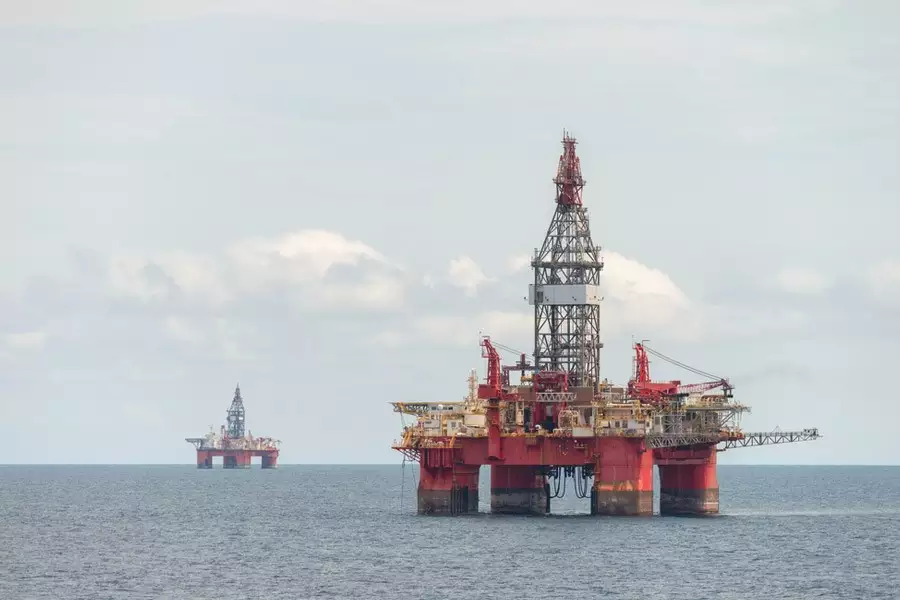India will seek licenses from the International Seabed Authority to explore deep-sea minerals in the Clarion-Clipperton Zone of the Pacific Ocean.
About Clarion-Clipperton Zone:
- The Clarion-Clipperton Zone (CCZ) spans approximately 5,000 kilometers across the central Pacific Ocean, ranging from 3,500 to 6,000 meters deep.
- Located between Hawaii and Mexico, extending towards Kiribati, the CCZ is a significant region in the northern Pacific Ocean.
- This area is primarily an abyssal plain and fracture zone, known for its vast deposits of polymetallic nodules.
- These nodules are rich sources of critical minerals like copper, nickel, cobalt, iron, manganese, and rare earth elements, essential for modern technologies such as electric vehicles and solar panels.
- The CCZ also serves as a habitat for diverse marine life, including cetaceans like blue whales (endangered), baleen, and toothed whales, emphasizing its ecological importance alongside its mineral wealth.
Ref: Source
| UPSC IAS Preparation Resources | |
| Current Affairs Analysis | Topperspedia |
| GS Shots | Simply Explained |
| Daily Flash Cards | Daily Quiz |
Frequently Asked Questions
What is the Clarion-Clipperton Zone (CCZ) and where is it located?
The CCZ spans 5,000km in the Pacific Ocean between Hawaii and Mexico.
What are polymetallic nodules and what minerals do they contain?
Polymetallic nodules in the CCZ hold critical minerals like copper and cobalt.
Why are the minerals in the CCZ important for modern technologies?
CCZ minerals such as rare earth elements are crucial for electric vehicles and solar panels.



